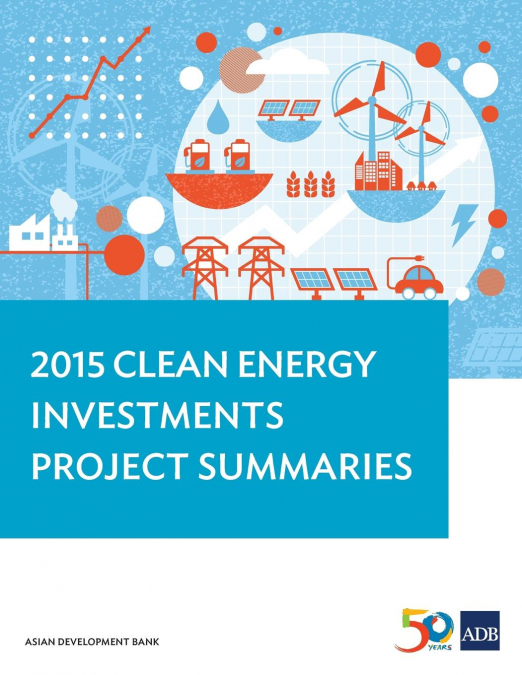
 Librería Desdémona
Librería Desdémona
 Librería Samer Atenea
Librería Samer Atenea
 Librería Aciertas (Toledo)
Librería Aciertas (Toledo)
 Kálamo Books
Kálamo Books
 Librería Perelló (Valencia)
Librería Perelló (Valencia)
 Librería Elías (Asturias)
Librería Elías (Asturias)
 Donde los libros
Donde los libros
 Librería Kolima (Madrid)
Librería Kolima (Madrid)
 Librería Proteo (Málaga)
Librería Proteo (Málaga)
The Asian Development Bank (ADB) recorded $2.47 billion in clean energy investments in 2015, making this the fifth year in a row where investments in this sector have been above the $2 billion annual target. This report summarizes the investments in clean energy made by ADB in 2015, condensing information from project databases and formal reports into an easy-to-reference format. This report was prepared by ADB’s Clean Energy Program which provides the cohesive agenda that encompasses and guides ADB’s lending and nonlending assistance, initiatives, and plan of action for sustainable growth in Asia and the Pacific.